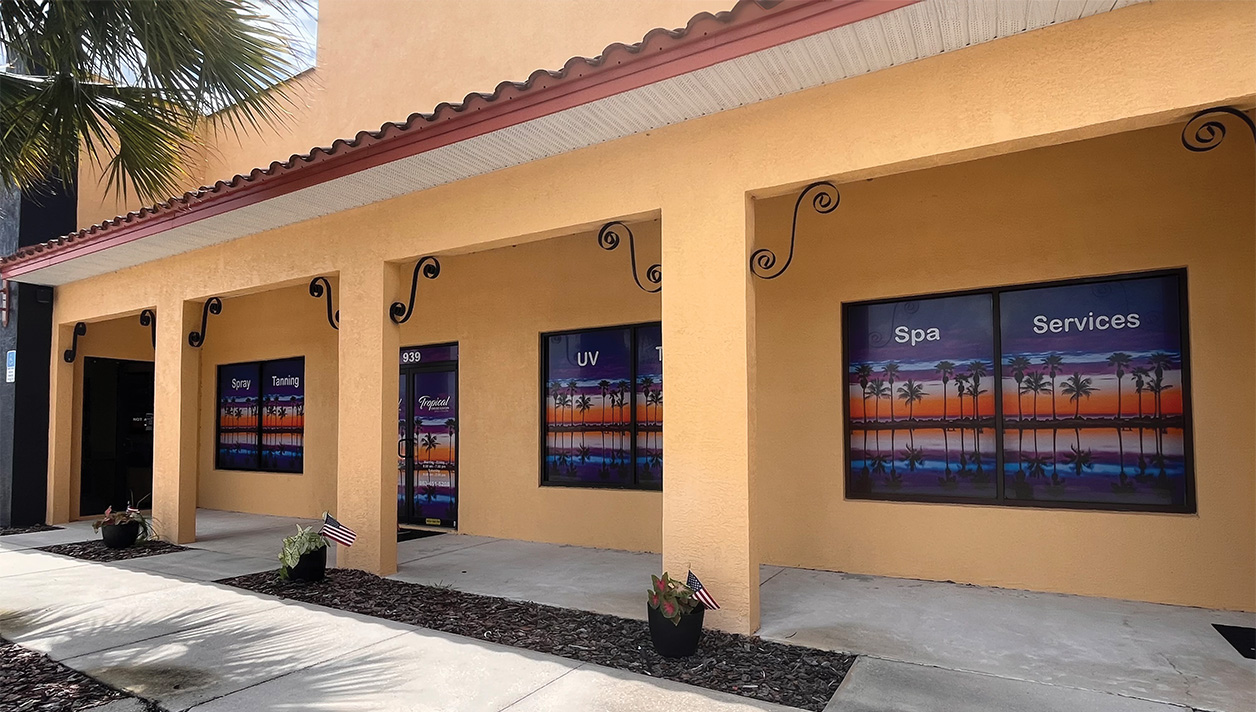This month, we will talk about lamp wattages. Here’s the question: Does more wattage equal better tanning capability, or just more power consumption?
[gap height=”15″]
A low-pressure fluorescent lamp’s wattage is determined by its design and, more importantly, by the ballast that powers it. All of this is influenced by the input voltage to the ballast/lamp system. In simple terms, the ballast will determine the system wattage, so installing a 100W lamp in a higher-wattage ballast (say,120W/1200mA) will result in approximately 120W of power consumption and the lamp will produce 120W.
[gap height=”15″]
Wattage is primarily a measure of power consumption, not necessarily irradiance (output). Wattage is also a measure of heat. One watt = 3.412 British Thermal Units. BTUs are a heat value standard, and you see this term commonly used in the air conditioning industry. Total wattage of your tanning equipment at actual input voltage, including fans and other onboard electrical devices, tells you the BTUs of air conditioning required to deal with the heat load during operation. This is something to keep in mind if you are “upgrading” a few Level 1 beds to larger beds with more lamps/wattage/BTUs – consult your HVAC guy to be certain your air conditioning is adequate.
[gap height=”15″]
[gap height=”15″]
All other things being equal, increasing fluorescent sunlamp wattage results in increased output AND power consumption.
[gap height=”15″]
[gap height=”15″]
In our industry, there is a move to higher-wattage sunlamps versus the standards of 100W and 160W. The standard sunlamp envelope is F71/T12/Bi-Pin. In its 100W iteration, the internal environment of the lamp is tough; at 160W, it is almost hostile. Increasing wattage further magnifies this effect, thus the shorter service life to be expected due to amplified phosphor degradation and, to some extent, physical wear and tear. Increasing wattage will increase output of the lamps, but not in a linear sense. Increasing wattage (and heat) past optimal lamp design by 10% yields about 5% greater irradiance and 10% higher power use. Keep in mind that in each of these scenarios, the sunlamp is the same size, you’re just demanding more from it.
[gap height=”15″]
Since tanning equipment of any size (or wattage, or UV source) can only deliver a maximum session equaling four (4) MED (Minimal Erythemal Dose), there are reasons for higher wattage:
[gap height=”15″]
- For aesthetic reasons, greater lamp irradiance allows for longer exposure distances, so the tanning system can look the way the designer wants (or just be bigger).
- Economically speaking, greater irradiance allows for shorter maximum session times in like-sized equipment, thus higher tanner-throughput and revenue at the salon.
- Also, in same-size equipment with the longer exposure time, higher-wattage/output lamps will allow for fewer lamps and other components, resulting in lower manufacturing costs and a lower sales price for the equipment.
[gap height=”15″]
So, the answer to the above question is: All other things being equal, increasing fluorescent sunlamp wattage results in increased output and power consumption. That is NOT to say that it is wise to put 100W lamps in a 160W system – cathode and mount designs are very different for these two lamp models, and this kind of misapplication will certainly disappoint you. Whether a sunlamp is a reflector or full-coat type, the wattage does not change due to the reflector – radiant heat is directed differently by reflector lamps, but there is not more of it.





























